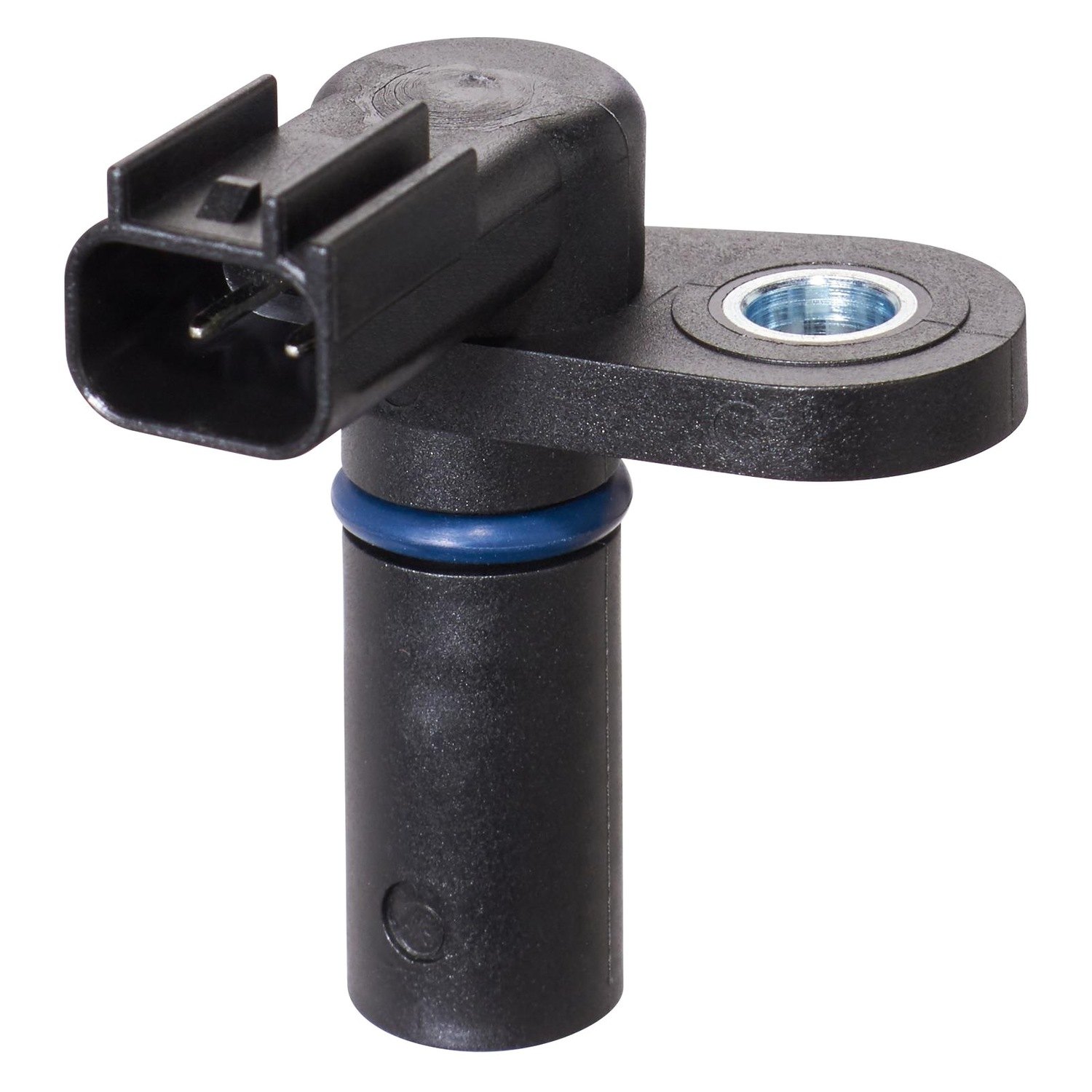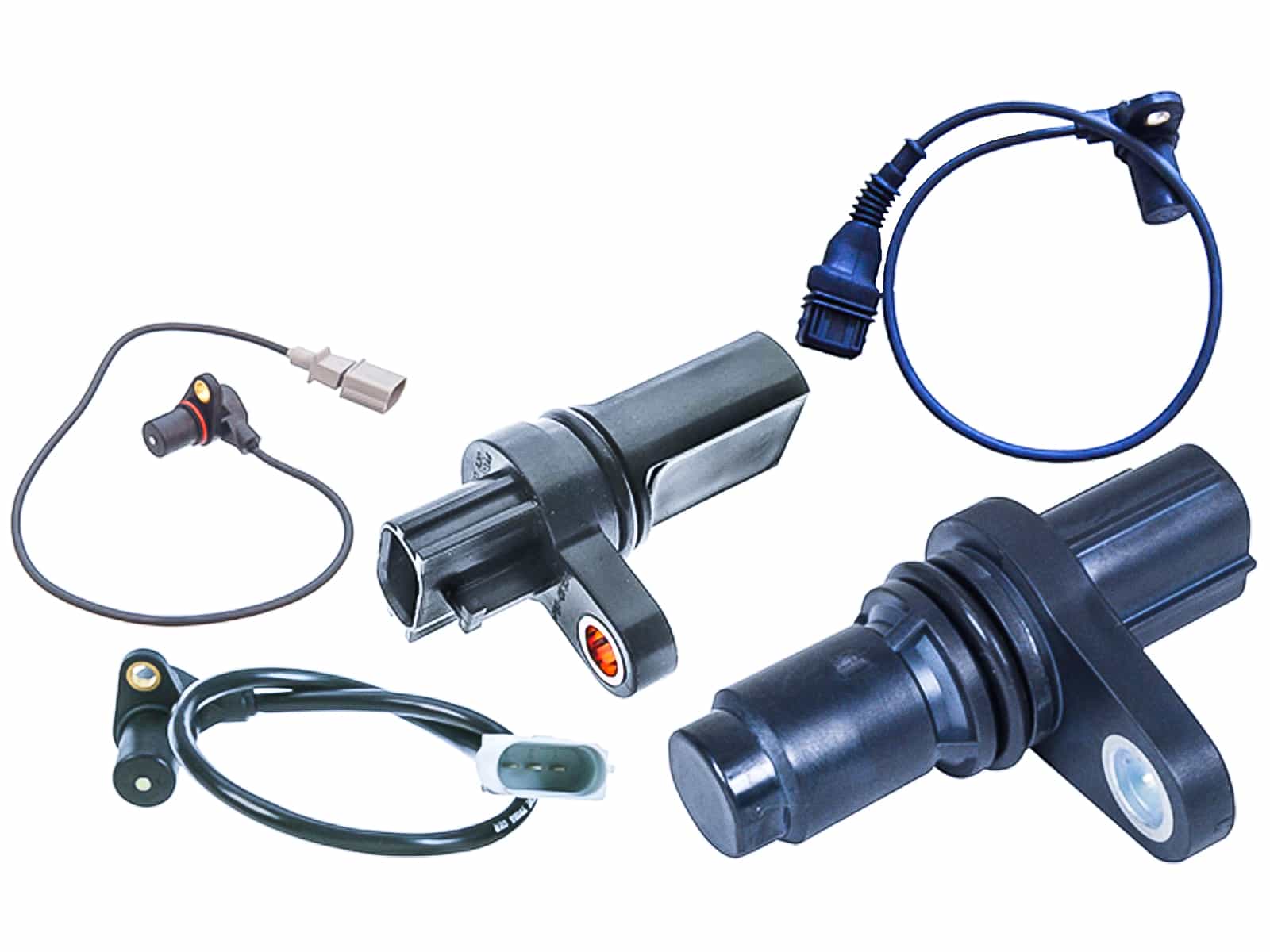## How to Identify a Bad Crankshaft Position Sensor
If you’re experiencing problems with your car’s engine, such as rough idling, stalling, or poor performance, it could be due to a faulty crankshaft position sensor. This sensor is responsible for detecting the position of the crankshaft and sending this information to the engine’s computer. Without this information, the computer cannot properly control the timing of the engine’s ignition and fuel injection systems.
## What Does a Crankshaft Position Sensor Do?
The crankshaft position sensor (CPS) is a small, electronic device that is mounted on the engine block. It contains a magnetic coil and a ferrous core. As the crankshaft rotates, the ferrous core passes through the magnetic field of the coil, generating a voltage signal. The frequency of this signal varies depending on the speed of the crankshaft.

The CPS sends this signal to the engine’s computer (ECU). The ECU uses this information to determine the position of the crankshaft and to calculate the timing of the ignition and fuel injection systems. The CPS is a critical component of the engine’s management system, and a faulty CPS can cause a variety of engine problems.
## What are the Symptoms of a Bad Crankshaft Position Sensor?
A faulty crankshaft position sensor can cause a variety of symptoms, including:

If you are experiencing any of these symptoms, it is important to have your car’s crankshaft position sensor checked. A faulty CPS can cause serious engine problems, so it is important to have it replaced as soon as possible.
## How is a Crankshaft Position Sensor Tested?
A crankshaft position sensor can be tested using a voltmeter or a scan tool. A voltmeter can be used to measure the voltage signal from the CPS. A scan tool can be used to read the data from the CPS and to determine if it is functioning properly.

If the crankshaft position sensor is found to be faulty, it will need to be replaced. Replacing a crankshaft position sensor is a relatively simple procedure that can be performed by most do-it-yourselfers.
## How to Replace a Crankshaft Position Sensor
To replace a crankshaft position sensor, you will need:
1. Disconnect the negative battery terminal.
2. Locate the crankshaft position sensor. It is usually located on the engine block, near the crankshaft.
3. Remove the bolts that hold the crankshaft position sensor in place.
4. Disconnect the electrical connector from the crankshaft position sensor.
5. Remove the crankshaft position sensor from the engine block.
6. Install the new crankshaft position sensor.
7. Connect the electrical connector to the crankshaft position sensor.
8. Tighten the bolts that hold the crankshaft position sensor in place.
9. Reconnect the negative battery terminal.
10. Start the engine and check for any leaks.
